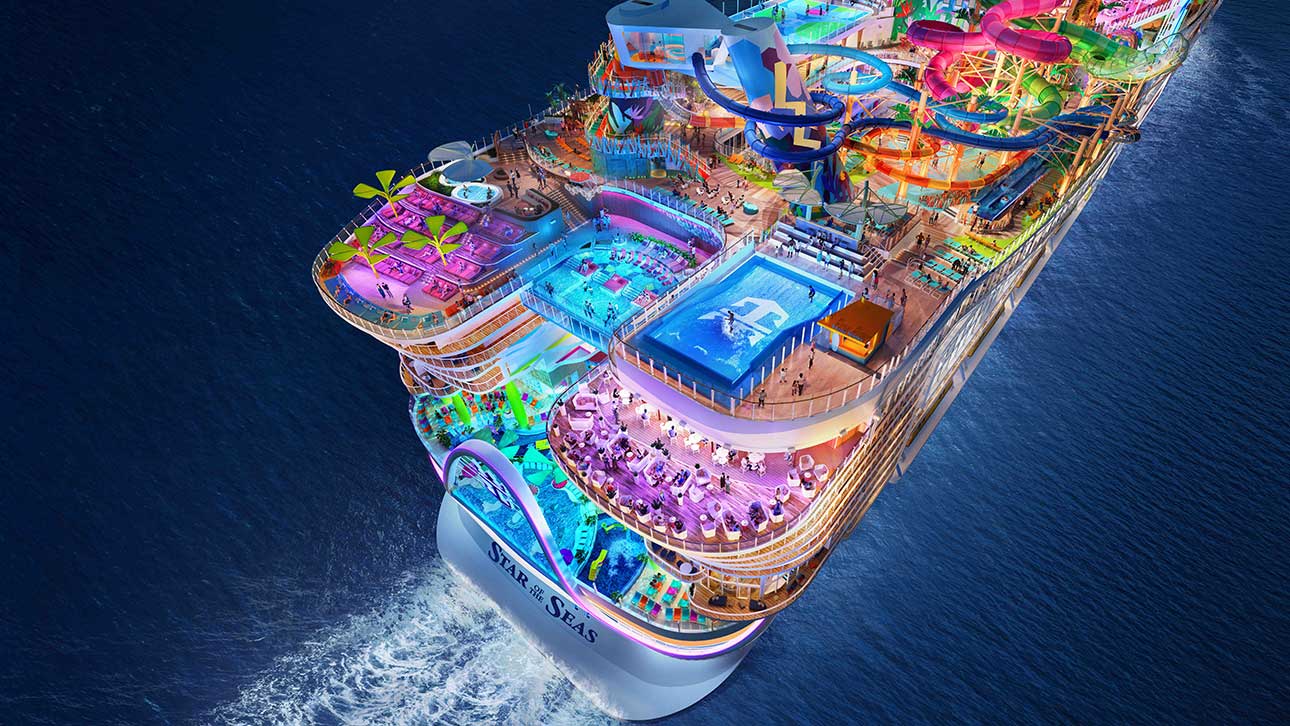
If you’re reading this, you probably already know about our Travel Inspiration Postcard Collection. One of the highlights in our "Discover... The Caribbean Wonders" series is the “Discover Curaçao” postcard, featuring Handelskade in Willemstad apart as a must-visit destination. Let’s take a quick tour!
If there’s one image that embodies the heart and spirit of Curaçao, it’s the view of the Handelskade in Willemstad. This vibrant stretch of colonial architecture along the edge of St. Anna Bay is not only a popular postcard scene but also a cultural landmark that tells the story of Curaçao's Dutch-Caribbean heritage. The colorful, Dutch-style buildings, the lively waterfront, and the blend of history and modernity make Handelskade a must-visit destination in the Caribbean.
A Historic Gem in the Caribbean
Curaçao’s capital, Willemstad, was founded in 1634, shortly after the Dutch West India Company seized the island from Spain. The city grew rapidly as a center for trade, becoming a key point in the Dutch colonial empire. At the core of this development was Handelskade, which was originally built as a trading hub where goods were imported and exported. As ships sailed into the protected bay, Handelskade served as the front line of Willemstad’s commercial activity.
The buildings along Handelskade were originally constructed as warehouses and trading offices, representing the bustling economy of Curaçao during the 18th and 19th centuries. Merchants from around the world, particularly those dealing in sugar, salt, and later oil, conducted business here, and the bay was always filled with ships carrying goods to and from Europe, Africa, and South America.
The Origin of Handelskade's Famous Colors
While Handelskade's Dutch colonial architecture is notable in its own right, what makes it especially unique are the vivid colors that adorn the buildings. According to popular lore, these buildings were originally painted white, but in the early 19th century, a former governor of Curaçao, Albert Kikkert, claimed that the glare from the sun reflecting off the white walls was causing him persistent headaches. As a remedy, he mandated that the buildings be painted in softer, more varied colors.
What followed was a bright transformation. The structures were soon painted in shades of pastel pink, yellow, blue, and green, making Handelskade one of the most colorful waterfronts in the world. Whether Kikkert's headaches were real or not, it's said that he had financial ties to the local paint factory—possibly giving him extra motivation to implement the change. Today, the iconic colors of Handelskade have become a defining feature of Willemstad’s visual identity.
A UNESCO World Heritage Site
In 1997, the historical center of Willemstad, which includes Handelskade, was designated a UNESCO World Heritage Site. This prestigious recognition underscores the importance of the city’s well-preserved colonial architecture, which reflects both European and Caribbean influences. The area is one of the best examples of Dutch colonial urban planning in the Caribbean, with its narrow streets, distinctive gables, and ornate facades, all set against the azure waters of St. Anna Bay.
The city’s layout reflects a grid pattern typical of Dutch cities, with Handelskade being the commercial epicenter. The architecture’s style is distinctly Dutch, but the materials used for construction—such as coral stone and timber—are local, showing how European settlers adapted to the Caribbean environment.
Queen Emma Bridge: The Swinging Old Lady
One of the most charming and unique features of Handelskade is its proximity to the Queen Emma Bridge, affectionately known as the "Swinging Old Lady." This floating pontoon bridge, which connects the Punda and Otrobanda districts of Willemstad, was built in 1888. It is supported by floating pontoons, and what makes it truly special is its ability to swing open to allow ships to pass through St. Anna Bay.
The Queen Emma Bridge is one of only a few floating bridges in the world, and walking across it is a truly delightful experience. As it swings open and closed, it offers stunning panoramic views of the Handelskade buildings, especially at sunset when the colors glow against the evening sky. If you’re lucky, you might even see the bridge in action, where locals and tourists alike gather to watch this engineering marvel work its magic.
A Vibrant Cultural Hub
Today, Handelskade is more than just a historical site; it's also a thriving cultural hub. The waterfront is home to cafés, restaurants, and boutiques, making it a lively spot for both locals and visitors. Tourists can sit at a waterfront café, sipping a refreshing cocktail, or perhaps a cup of local coffee, while watching the boats sail by. The restaurants along Handelskade offer a blend of local and international cuisine, allowing visitors to sample Curaçao’s diverse culinary landscape.
Visitors to Handelskade can also experience the lively atmosphere of Willemstad’s famous floating market, located just a short walk from the waterfront. Here, Venezuelan merchants sell fresh produce, fish, and tropical fruits directly from their boats, creating a vibrant scene that reflects Curaçao’s deep connections with its South American neighbors.
A Blend of Cultures and Influences
Curaçao is known for its unique blend of cultures, and Handelskade serves as a physical representation of this diversity. While the architecture reflects its Dutch colonial roots, the people and customs of Willemstad are influenced by African, Portuguese, Spanish, and Jewish cultures. The island’s creole language, Papiamentu, is a reflection of this cultural blend, incorporating words and phrases from Dutch, Spanish, Portuguese, and African dialects.
In the area surrounding Handelskade, visitors can explore this cultural mosaic further by visiting nearby landmarks such as the Mikvé Israel-Emanuel Synagogue, the oldest continuously operating synagogue in the Americas. Established in 1732, the synagogue stands as a testament to the island’s long history of religious and cultural tolerance.
A Photographer’s Paradise
Handelskade’s beauty is undeniable, making it a favorite spot for photographers. The vivid colors of the buildings, the clear blue sky, and the turquoise waters of St. Anna Bay create a picture-perfect scene. Whether you’re a professional photographer or just capturing memories on your phone, Handelskade is one of those places where every angle offers a postcard-worthy shot.
For the best views, stand on the Queen Emma Bridge or visit one of the many rooftop bars in the area to capture a panoramic view of the waterfront. Sunrise and sunset are particularly magical times to photograph Handelskade, as the light enhances the colors of the buildings and creates a warm, golden glow across the bay.
Modern Developments and Preservation Efforts
While Handelskade is steeped in history, efforts have been made to preserve its heritage while allowing for modern development. Many of the old warehouses and trading offices have been converted into modern businesses such as boutique hotels, art galleries, and restaurants, maintaining the area's historical charm while making it accessible to contemporary needs.
Local preservation groups, along with UNESCO’s oversight, continue to protect the architectural integrity of Handelskade, ensuring that future generations can enjoy this cultural and historical gem. The balance between old and new is carefully maintained, making Handelskade a living museum of Curaçao's past and present.
Conclusion: A Must-See in Curaçao
Handelskade is not just a waterfront—it’s the beating heart of Willemstad, a vibrant fusion of history, culture, and modern life. Whether you’re strolling along the bay, admiring the architecture, or enjoying a meal with a view, Handelskade offers a sensory experience that embodies the essence of Curaçao.
From its colorful buildings to its rich history as a trading port, Handelskade invites visitors to step into Curaçao’s storied past while immersing themselves in the lively present. It’s no wonder that this iconic waterfront is one of the most photographed and celebrated locations in the Caribbean, and a visit to Curaçao would not be complete without experiencing the magic of Handelskade.
Did you enjoy this article?
If you love discovering inspiring stories and unique places, download our free app "Travel Inspiration Magazine" from Google Play! No annoying ads. No distractions. Just pure reading pleasure.
📲 Install from Google Play![Български [BG] Български [BG]](/media/mod_languages/images/bg_bg.gif)
![English [EN] English [EN]](/media/mod_languages/images/en_gb.gif)



























Hi Hana! I’m so happy to hear you received the postcard and that you love it! Thank you for your kind words. Sending warm greetings your way! Yordan 😊